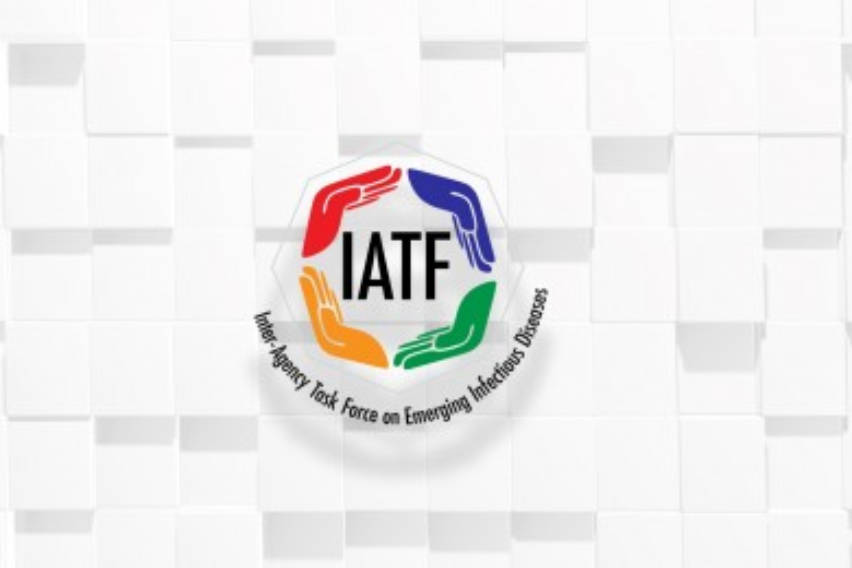Government clarifies quarantine guidelines

In a statement last Thursday, Malacañang confirmed that areas with a low risk for coronavirus disease will be placed under general community quarantine (GCQ) starting May 16.
Presidential Spokesperson Harry Roque explained that "for simplicity's sake," the Inter-Agency Task Force for the Management of Emerging Infectious Diseases (IATF-EID) will use the term GCQ for areas that have low risk of coronavirus infections instead of their initial plans to use modified general community quarantine (MGCQ).

“Sa ngayon po, hinihintay pa rin natin iyong guidelines (but for now, we’re still waiting for the guidelines),” Roque said.
GCQ or MGCQ?
The thin line separating GCQ and MGCQ has been a cause for confusion for many, with some complaining that their restrictions overlap with one another.
It can be remembered that under IATF's general guidelines, GCQ allows people to go out without needing a quarantine pass. Social distancing and wearing of face masks are still implemented, and curfew will still be enforced. Children and senior citizens are still prohibited to go out of the house. Meanwhile, government agencies are given the option to choose alternative work arrangements, such as work from home or a four-day work week.
On the other hand, MGCQ allows everyone to go out and take the public transportation. However, the number of passengers will be limited, and social distancing will be strictly implemented. The public will still be required to wear face masks, while curfew would still be enforced in specific areas.

Categories aside, Roque said that the IATF is still open to views from local officials on where their regions, cities, and provinces should be placed under the quarantine guidelines.
Interzonal Travels: From GCQ to GCQ; or MGCQ to GCQ areas
Meanwhile, Roque confirmed that the interzonal movements — where people will go from one area classified as GCQ to another GCQ area — will be allowed. However, it will still be subject to safety protocols.
He also added that those who live in MECQ areas can go to work or travel in GCQ areas as long as they are employed in an industry where it's allowed to operate.
“Ang kailangan lang po nila is employment ID at saka iyong ID na nagpapatunay kung saan sila nakatira (All they need is an employment ID and an ID showing where they live),” he said.
Roque noted, however, that "non-essential" or non-important interzonal travels will still be required clearance from their respective local government units (LGUs).
Roque suggested that employers provide their employees with transport vehicles when they go to work. If not possible, the best thing to do is not to resume their operations yet.
"Kung hindi naman po kaya talaga ng kumpanya na magbigay ng shuttle o kung walang sasakyan iyong kanilang mga empleyado, eh huwag na po munang magbukas dahil mas importante na ma-avoid po natin, maiwasan iyong second wave na tinatawag (If a company cannot provide a shuttle or if there are no vehicles for their employees, I suggest that they don’t resume operations because it is more important to avoid a second wave of infection),” he said.
“It’s a policy decision po, we want to restart the economy but not at the expense of having a second wave,” Roque declared.
Photos from the Philippines News Agency
Also Read:
Checkpoints to continue, police set for deployment to malls
Here are the Checkpoints During Community Quarantine
Featured Articles
- Latest
- Popular
Recommended Articles For You
Featured Cars
- Latest
- Upcoming
- Popular
Car Articles From Zigwheels
- News
- Article Feature
- Advisory Stories
- Road Test
